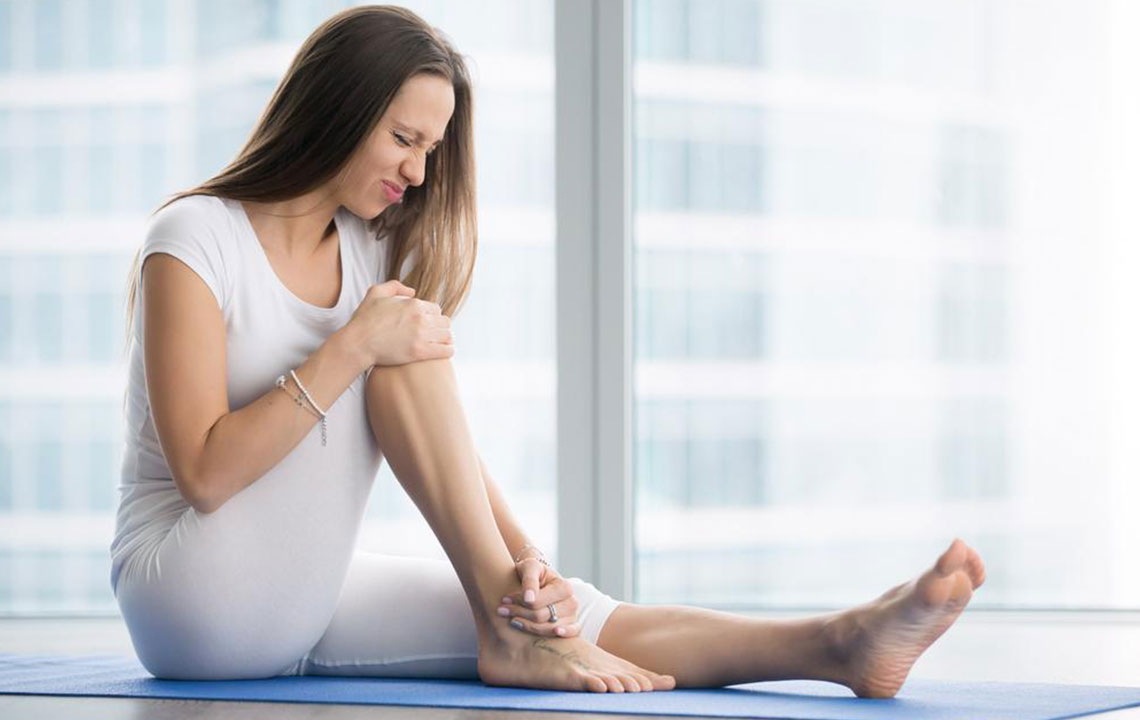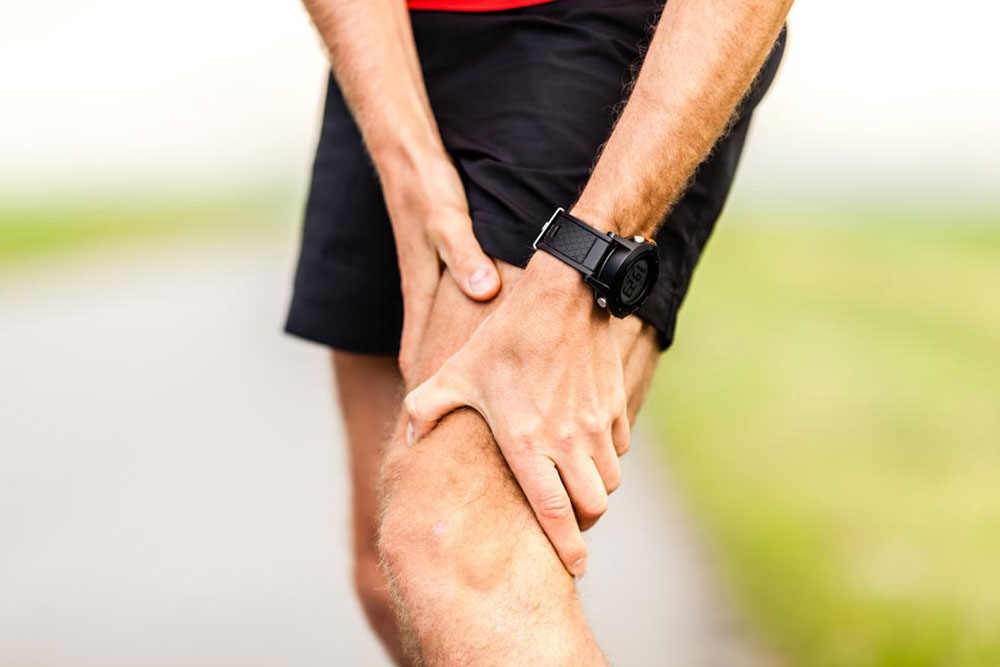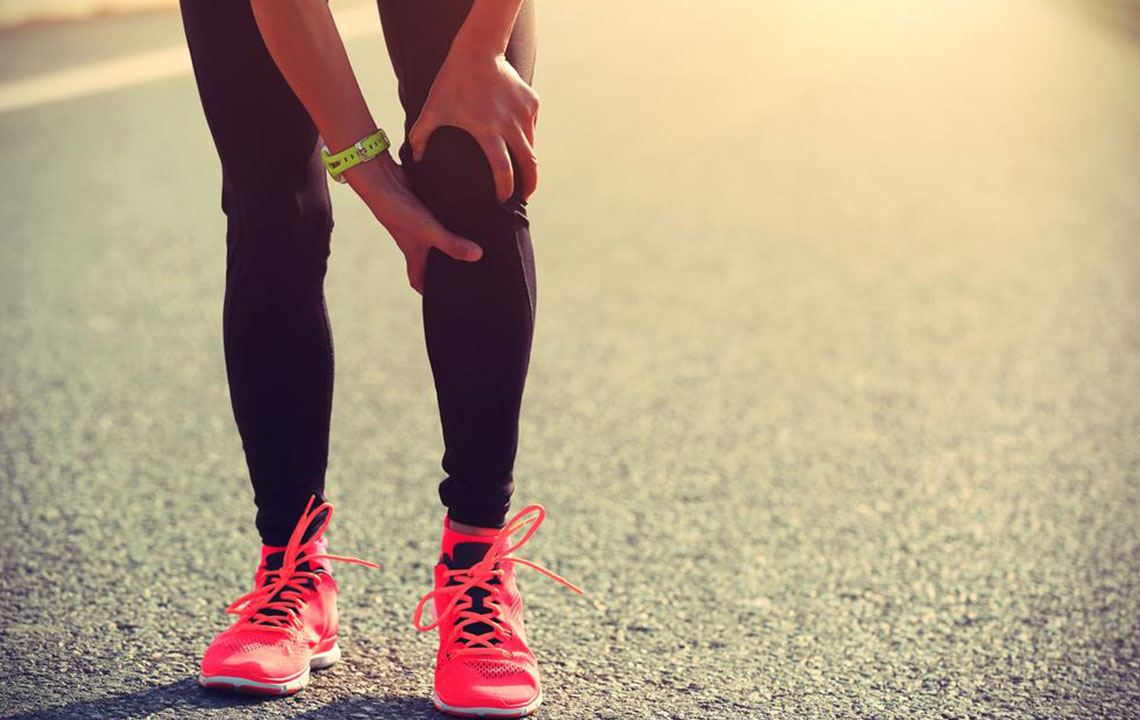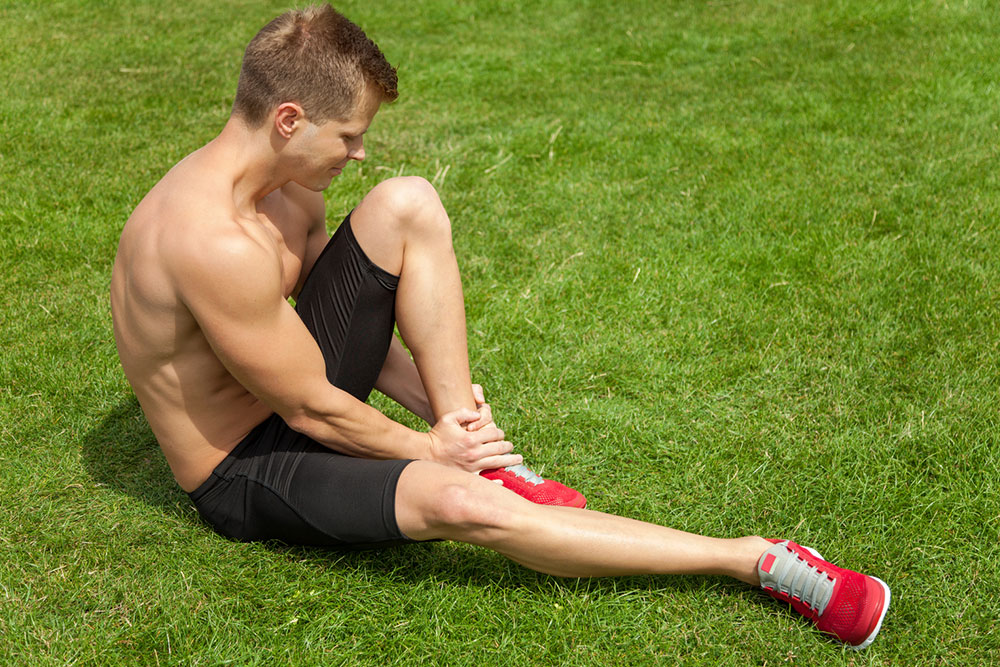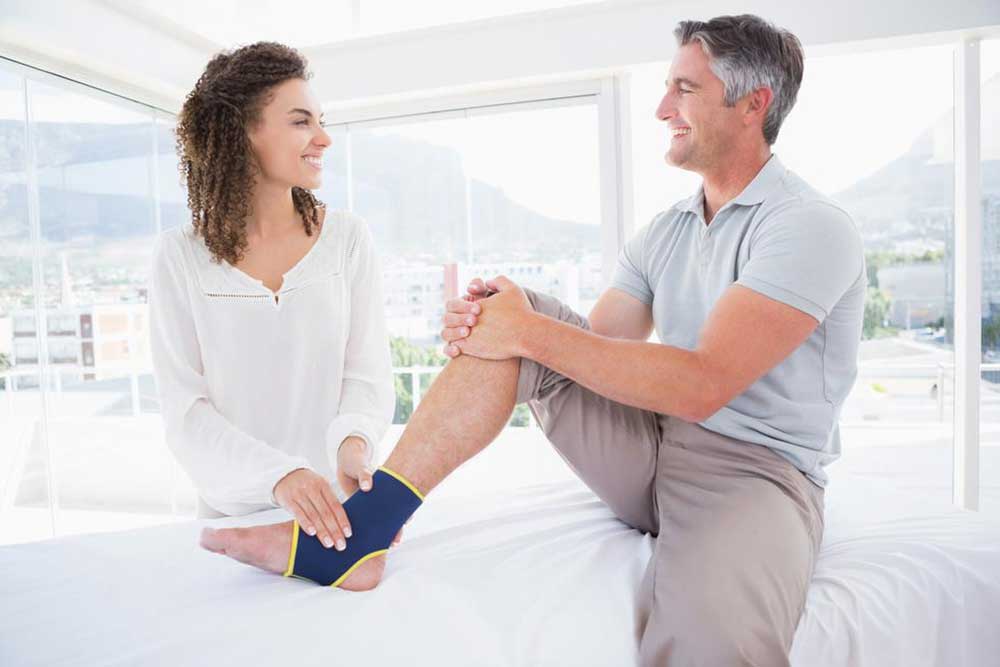Comprehensive Guide to the Top 10 Causes of Leg Discomfort and Pain
This extensive guide explores the top 10 causes of leg discomfort and pain, providing detailed explanations about each condition. It covers muscle cramps, tendinitis, Baker's cyst, exertional compartment syndrome, herniated discs, growing pains, Perthes disease, osteoarthritis, shin splints, and varicose veins. The article offers insights into symptoms, preventive measures, and treatment options to help readers understand and manage leg pain effectively. Whether you experience occasional discomfort or persistent issues, knowing the causes can aid in seeking appropriate medical care and improving mobility.
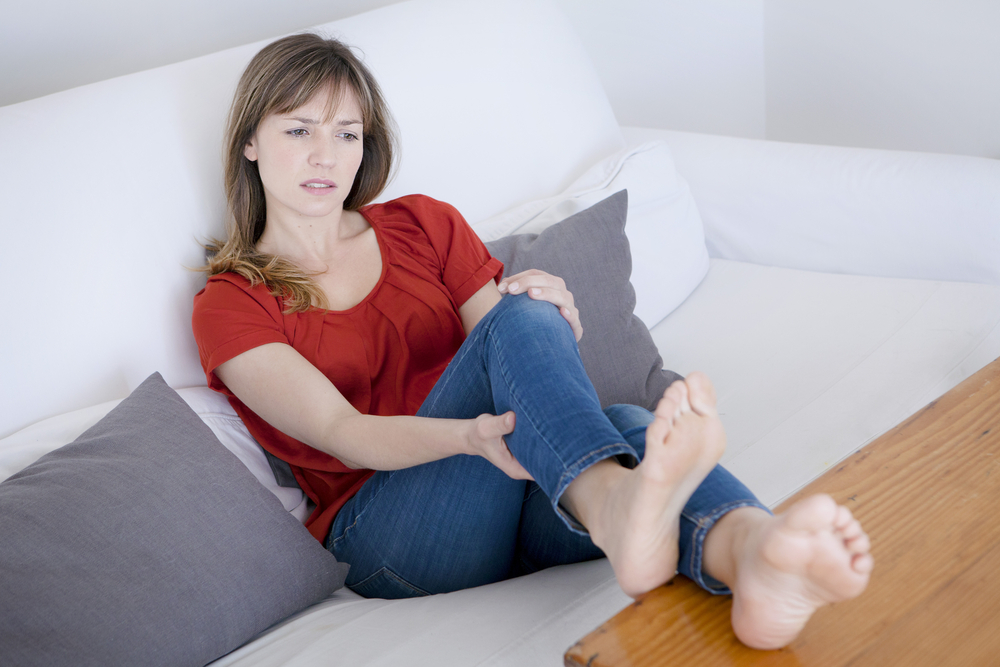
Understanding the Top 10 Causes of Leg Discomfort and Pain
Leg discomfort and pain are common issues that affect individuals of all ages and lifestyles. While some causes are minor and resolve quickly, others may be indicative of underlying health conditions requiring medical intervention. Recognizing the specific symptoms associated with each cause can help in obtaining timely treatment and relief. This comprehensive guide delves into the most prevalent reasons behind leg pain, providing detailed insights into each condition, their symptoms, and potential treatment options.
Muscle Cramps: The Sudden Spasm
Muscle cramps, also known as Charley Horses, are sudden, involuntary contractions of the leg muscles. They are often experienced during the night or after intense physical activity. The primary triggers include dehydration, electrolyte imbalances, fatigue, and poor circulation. These spasms can be intensely painful, often lasting from seconds to several minutes. While they are generally harmless and resolve on their own, persistent or severe cramps might necessitate further medical evaluation. Preventive measures include adequate hydration, stretching before exercise, and maintaining a balanced diet rich in minerals like potassium and magnesium.
Acheilles Tendon Inflammation: Overuse and Injury
The Achilles tendon, connecting the calf muscles to the heel bone, is prone to inflammation, especially among athletes and individuals who engage in repetitive activities. Tendinitis manifests as pain, stiffness, and swelling above the heel, often worsening with activity or after prolonged rest. Overuse, improper footwear, and sudden increases in activity intensity contribute to this condition. Severe cases may lead to tendon rupture, which requires surgical repair. Treatment options include rest, ice, anti-inflammatory medications, physical therapy, and in some cases, surgical intervention. Proper stretching and strength exercises can help prevent Achilles tendinitis.
Baker's Cyst: The Fluid-Filled Swelling Behind the Knee
A Baker's cyst, or popliteal cyst, is a swelling caused by excess joint fluid accumulating behind the knee. It often develops due to underlying knee issues such as arthritis or cartilage damage. The cyst can cause noticeable bulging, tightness, and discomfort, especially during movement or activity. In some cases, it may rupture, leading to pain and swelling in the calf. Diagnosis is usually confirmed through physical examination and imaging studies like ultrasound or MRI. Treatment involves addressing the underlying knee condition, draining the cyst, or surgical removal if necessary.
Chronic Exertional Compartment Syndrome: Exercise-Induced Pain
This condition is common among athletes and active individuals. It involves increased pressure within the muscle compartments of the leg during exercise, leading to pain, numbness, and swelling. Usually, symptoms subside with rest. Compression of nerves and blood vessels causes the characteristic symptoms. Managing this condition might include activity modification, physiotherapy, and in severe cases, surgical intervention known as fasciotomy to relieve pressure. Proper training techniques and gradual increases in activity levels can help prevent this syndrome.
Herniated Discs and Lumbar Nerve Compression
Herniated discs occur when the soft inner material of a spinal disc protrudes through its outer layer, irritating nearby nerves. Lumbar disc herniation is a common cause of leg pain, numbness, weakness, and tingling, often described as sciatica. People with this condition might experience pain that radiates from the lower back down to the buttocks and legs. Diagnosis involves physical examination and imaging tests like MRI. Treatment ranges from conservative therapies such as physical therapy and pain management to surgical procedures like discectomy, especially in severe cases.
Growing Pains: Common in Children
Growing pains are a typical complaint among children, especially during periods of rapid growth. These episodic pains usually affect both legs and occur during the evening or night, causing discomfort and disturbed sleep. The exact cause remains uncertain but is generally benign. Parents can help alleviate symptoms with gentle massage, heat applications, and ensuring the child remains well-hydrated. Most children outgrow these pains with age, and they rarely require medical intervention.
Legg-Calvé-Perthes Disease: Childhood Hip Discomfort
This condition predominantly affects young children and involves temporary loss of blood supply to the femoral head (the ball of the hip joint). Symptoms include pain, limping, and stiffness in the hip, thigh, or knee. Over time, the affected femur can become deformed if untreated. Early diagnosis through physical exams and imaging imaging tools like X-ray or MRI can facilitate timely management. Treatment strategies focus on pain relief, limiting weight-bearing activities, and in some cases, surgical correction to ensure proper joint development.
Osteoarthritis: Degeneration of Joint Cartilage
Osteoarthritis is a degenerative joint disease characterized by the breakdown of cartilage, resulting in pain, stiffness, and swelling. Commonly affecting the knees, hips, spine, and fingers, osteoarthritis tends to worsen with movement and after periods of rest. Over time, joint deformity and limited mobility can occur. Risk factors include aging, obesity, previous joint injuries, and genetic predisposition. Management includes weight management, physical therapy, pain medications, and sometimes joint replacement surgeries for advanced cases. Maintaining joint health through regular exercise can also help slow disease progression.
Shin Splints: Stress on the Shin Bone
Shin splints refer to pain along the inner edge of the shin bone (tibia). This condition is common among runners, dancers, and athletes who suddenly increase their activity levels or intensify their training. Repetitive stress causes microtrauma to the tibia and surrounding tissues, leading to inflammation and pain. Symptoms include tenderness, swelling, and soreness along the shin. Rest, ice, and gentle stretching can alleviate symptoms. Preventative measures include proper footwear, gradual training increases, and strengthening exercises for the lower legs.
Varicose Veins: Enlarged, Twisted Veins
Varicose veins are dilated, tortuous veins that often appear in the legs and feet. They result from weakened valves and vein walls, leading to blood pooling and increased pressure. Symptoms include aching, heaviness, swelling, and skin changes. In severe cases, they can cause skin ulcers or bleeding. Factors contributing to varicose veins include age, obesity, pregnancy, prolonged standing, and genetic predisposition. Treatments range from lifestyle changes and compression stockings to minimally invasive procedures like laser therapy and vein stripping surgeries. Managing risk factors can help prevent the progression of this condition.
